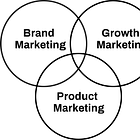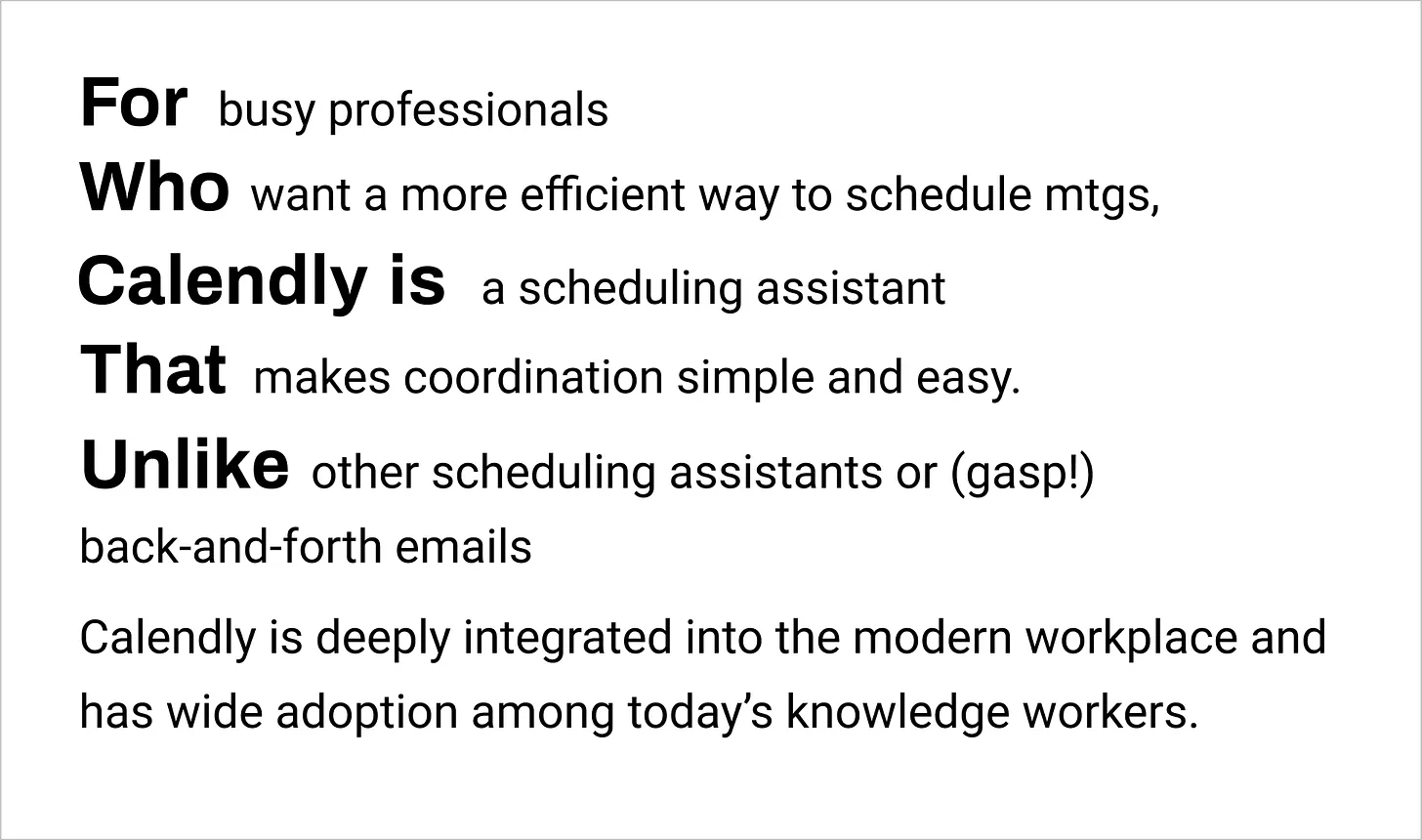508. The hard thing(s) about positioning and messaging 😅
How to overcome some of the toughest obstacles to doing positioning and messaging right
Hellooo 👋 So happy to have you here. I’m Kevan. I have spent 15+ years as a head of marketing for some cool tech startups. Now I’ve co-founded a brand storytelling business called Bonfire. We do coaching, advisory, and content. If you identify with creativity and marketing, we’d love for you to join us.
The hard thing(s) about positioning and messaging
Why is describing what you sell so difficult these days?

When I talk about marketing, I’ll often break it down by describing — some may say, “oversimplifying” — three different areas:
Brand marketing - who you are
Product marketing - what you sell
Growth marketeing - how you sell it
(For more on this idea of three-body marketing, check out this thing I wrote a couple of years back.)
All of these pieces are critical to making marketing impact and driving business success. And of course, I am biased about which one I think is the most important one to begin with, since I run a brand and storytelling business. But let’s spend a minute on that second one: product marketing, what you sell.
Obvious statement alert:
You will never be able sell effectively if no one knows what it is you’re selling.
And yet, many businesses still miss this critical piece of strategy. These are a few reasons why:
They assume that the answer is obvious to everyone (but haven’t actually done the market research to prove this)
They already have a go-to way to describe their product (but this messaging is actually for a different audience — VCs or internal teams or …)
They skip ahead, choosing to have an emotion-driven story rather than foundational messaging
They misunderstand what product marketing actually does, thinking that PMM is useful for organizing launches or writing websites and one-pagers.
I’ve been in all of the above situations, sometimes multiple ones at the same time. It ain’t easy to be a marketer when the thing you are marketing isn’t clear. If you find yourself in this situation — or if you really want to avoid this situation — here are some tips for navigating the choppy waters of positioning and messaging within a company.
1. Be clear about all the different marketing terms
One of the biggest blockers with this type of work is that you’ll be asked for a deliverable that means one thing to you and something different to your colleague.
“I need you to refine our story.”
“We need to fix our positioning.”
“Let’s work on our pitch.”
Um … these could mean about a thousand different things.
Here’s my short-and-sweet menu for deciphering what it is we’re actually making:
Vision (purpose), mission, values. These are foundational company-wide statements that define who you are as a brand. Your vision/purpose is your why: why do you exist and what impact do you want to have on the world. The mission is the what: what you will do to create the impact. And values are the how: how you’ll pursue your vision and your mission.
Positioning statement. This is the description of what your products / services are and how you meet the needs of your audience. Typically, companies will start with a product positioning statement, which describes the practical parts of the product. You may also choose to write a brand positioning statement, which will be more emotionally descriptive.
For product positioning, I recommend this version from Arielle Jackson:
For (target customer) Who (statement of need or opportunity), (Product name) is a (product category) That (statement of key benefit). Unlike (competing alternative) (Product name)(statement of primary differentiation).
Here’s an example of an old one from CalendlyCategory. The actual category name where you belong. Think of where you show up on a G2 or product marketplace.
Differentiation. This is a list of three-to-five things that make your product unique and are the reason why people choose you. This is typically a mix of actual product features (product differentiation) and experience (brand).
Tagline. A tagline is a catchy statement that you use for one or more quarters to unify a key message of your brand. For instance, at Oyster, we used “Hire Beyond” as a tagline for several quarters.
Sales deck (for B2B brands). The deck used by the sales team during the sales cycle. There may be different versions of this deck based on the stage of the cycle, so it’s important to find out when / how the deck is being used.
Campaign. These have their own messaging and are typically much shorter-lived, depending on the duration of the campaign.
2. Prioritize the customer as audience #1
It is important to know what kind of document you’re creating. It’s equally important to know who you’re making it for. Ideally you’ll be creating positioning and messaging for customers, but it’s always good to check. Sometimes I’ve been surprised to find out the main audience for my work was actually a potential investor or third-party vendor. Go figure!
Along with this, if your customer is audience #1, then it’s important that the thing you call your product is something that your audience actually cares about.
Is it:
An existing category name that they already have their head wrapped around
Words and phrases that the customer would actually use (no lingo or internal naming)
Accurate and descriptive of what the product actually is / does
Easy to understand and remember
You should at least hit three out of these four when you’re doing your positioning and messaging work.
Note: If you’re creating a category from scratch (bless you), then you should lean more heavily on the final three bullets above since you won’t be able to attach your product to an existing idea or budget line item.
3. Talk in terms of time horizons
Sometimes, the thing you’re being asked to create needs to be the thing you create in six months time. First things first.
Or, the input you’re receiving from colleagues and leadership is actually so far off in the future that it can’t feasibly be part of a successful messaging framework today. Table it for later.
In this way, talking about sequencing and timelines allows you to receive everyone’s input and make people feel heard, and it gives your team confidence and excitement in a future plan for where the product is head.
Over to you
What hurdles have you run into with positioning and messaging?
About this newsletter …
Hi, I’m Kevan, a marketing exec based in Boise, Idaho, who specializes in startup marketing and brand-building. I previously built brands at Oyster, Buffer, and Vox. Now I am cofounder at Bonfire, a brand storytelling company.
Each week on this substack, I share playbooks, case studies, stories, and links from inside the startup marketing world. Not yet subscribed? No worries. You can check out the archive, or sign up below:
Thank you for being here! 🙇♂️
I’m lucky to count folks from great brands like these (and many more) as part of this newsletter community.





